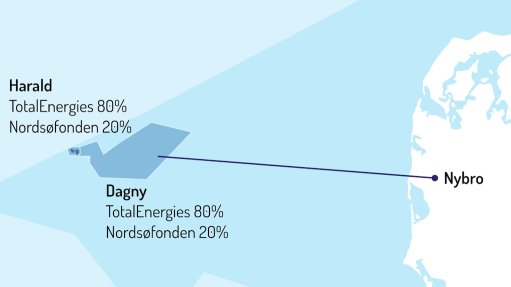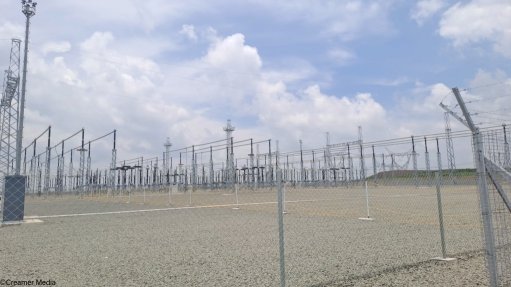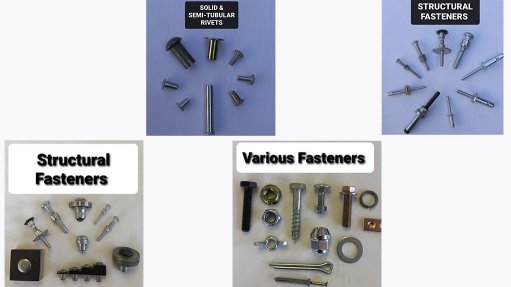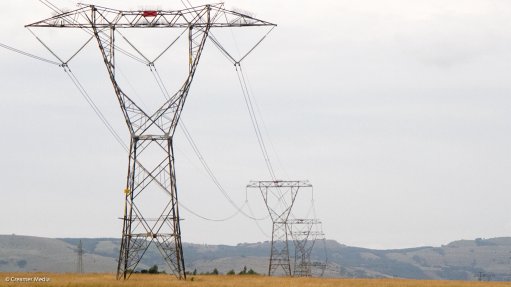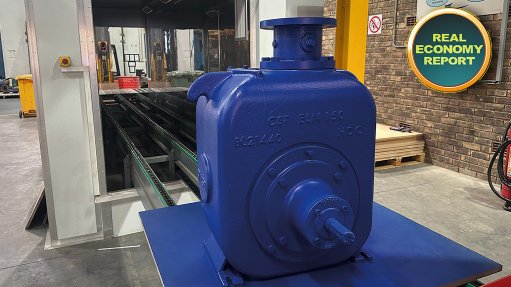Why local manufacturing, maintenance and support are key to the success of South Africa’s energy future
This article has been supplied.
By: Mervyn Naidoo - CEO of ACTOM Group
South Africa is navigating an energy challenge characterised by intermittent load reduction/shedding, ageing infrastructure and limited generation capacity. The country also faces a transmission backlog that affects the seamless integration of renewable energy sources. Addressing these issues is essential for fostering economic growth and enhancing investor confidence.
Although new renewable generation capacity is being developed, the current transmission infrastructure may not fully support the connection of these sources to the national grid or adequately deliver power to areas of high demand. As such, limitations within the transmission grid present an important consideration in efforts to expand generation capacity.
This is where the Independent Transmission Projects (ITPs) become essential, unlocking private sector investment to accelerate the expansion of South Africa’s transmission network and enable the integration of new generation sources.
The ITP programme aims to inject 3222MW of capacity into the grid while catalysing private sector investment. Yet, the programme’s long-term success will hinge on more than just financial capital; it must actively involve and empower local manufacturers.
Steady rollout for maximum local participation
In an ideal scenario, South Africa’s transmission build programme should be phased over 10-15 years, ensuring there is sufficient local market capacity to meet demand. This steady rollout would enable maximum local participation, particularly among Engineering, Procurement, and Construction (EPC) contractors as well as product manufacturers.
However, accelerating the programme risks overwhelming domestic capacity. With limited local EPC resources, fast-tracked builds could open the door to foreign contractors, undermining localisation goals and long-term sector resilience. Industrialisation should be high on Government’s agenda to counter this risk in a country that is ‘bleeding jobs’.
Appointing foreign EPCs to fast-track transmission infrastructure carries a significant risk, as they typically control procurement of key components. Without strong localisation mandates, this can lead to bypassing South African manufacturers and suppliers.
This would result in lost opportunities for industrial growth, job creation, and supply chain development. To safeguard local participation, procurement frameworks must be tightly aligned with national development goals, even when foreign EPCs are involved.
By localising infrastructure development, we stimulate investment into domestic capacity. Local companies begin to build capability, which in turn enables the creation of a robust supply chain that can actively participate in the build programmes required for national infrastructure.
Move to strategic procurement for long-term value
The Transmission Development Plan (TDP) is a long-term opportunity spanning potentially 15 years and beyond. This visibility is crucial for anticipating demand and aligning procurement practices. By shifting to strategic procurement focused on long-term value, we can leverage infrastructure demand to build local capacity.
This approach enhances local participation across the value chain, from manufacturing to construction, and supports reindustrialisation, job creation, and increased electricity demand. Ultimately, it drives GDP growth and fosters sustained investment in capacity.
Localisation enables critical technology, and skills transfer to local companies, building long-term capacity to maintain and optimise infrastructure. With trained local resources, response times improve and reliance on foreign expertise, with its delays and visa constraints, is reduced.
In addition, localisation and technology transfer foster the development of domestic supply chains for critical spare parts. By producing components locally, we reduce import dependency, shorten lead times, and improve turnaround efficiency, enhancing infrastructure reliability and supporting local manufacturing.
Unlocking national value through collaboration
Given the scale of investment required in South Africa’s energy transition, alignment across all stakeholders (government, developers, labour, and local industry) is essential. To unlock national value, we must foster collaboration under a unified SA Inc approach.
Developers should be encouraged to create platforms that support reindustrialisation through localisation, not just in construction but across the full lifecycle, including maintenance. Original Equipment Manufacturers (OEM) must transfer technology to local service providers to ensure long-term plant support and reliability. Where local capacity is saturated, it is crucial that foreign OEMs are encouraged to invest towards capacity expansion in South Africa as opposed to importing.
South Africa’s renewable energy ambitions offer a unique opportunity to address social and economic challenges while maximising plant availability and performance. With the right strategic alignment and localisation, we can turn infrastructure demand into inclusive, sustainable growth.
Article Enquiry
Email Article
Save Article
Feedback
To advertise email advertising@creamermedia.co.za or click here
Comments
Press Office
Announcements
What's On
Subscribe to improve your user experience...
Option 1 (equivalent of R125 a month):
Receive a weekly copy of Creamer Media's Engineering News & Mining Weekly magazine
(print copy for those in South Africa and e-magazine for those outside of South Africa)
Receive daily email newsletters
Access to full search results
Access archive of magazine back copies
Access to Projects in Progress
Access to ONE Research Report of your choice in PDF format
Option 2 (equivalent of R375 a month):
All benefits from Option 1
PLUS
Access to Creamer Media's Research Channel Africa for ALL Research Reports, in PDF format, on various industrial and mining sectors
including Electricity; Water; Energy Transition; Hydrogen; Roads, Rail and Ports; Coal; Gold; Platinum; Battery Metals; etc.
Already a subscriber?
Forgotten your password?
Receive weekly copy of Creamer Media's Engineering News & Mining Weekly magazine (print copy for those in South Africa and e-magazine for those outside of South Africa)
➕
Recieve daily email newsletters
➕
Access to full search results
➕
Access archive of magazine back copies
➕
Access to Projects in Progress
➕
Access to ONE Research Report of your choice in PDF format
RESEARCH CHANNEL AFRICA
R4500 (equivalent of R375 a month)
SUBSCRIBEAll benefits from Option 1
➕
Access to Creamer Media's Research Channel Africa for ALL Research Reports on various industrial and mining sectors, in PDF format, including on:
Electricity
➕
Water
➕
Energy Transition
➕
Hydrogen
➕
Roads, Rail and Ports
➕
Coal
➕
Gold
➕
Platinum
➕
Battery Metals
➕
etc.
Receive all benefits from Option 1 or Option 2 delivered to numerous people at your company
➕
Multiple User names and Passwords for simultaneous log-ins
➕
Intranet integration access to all in your organisation










